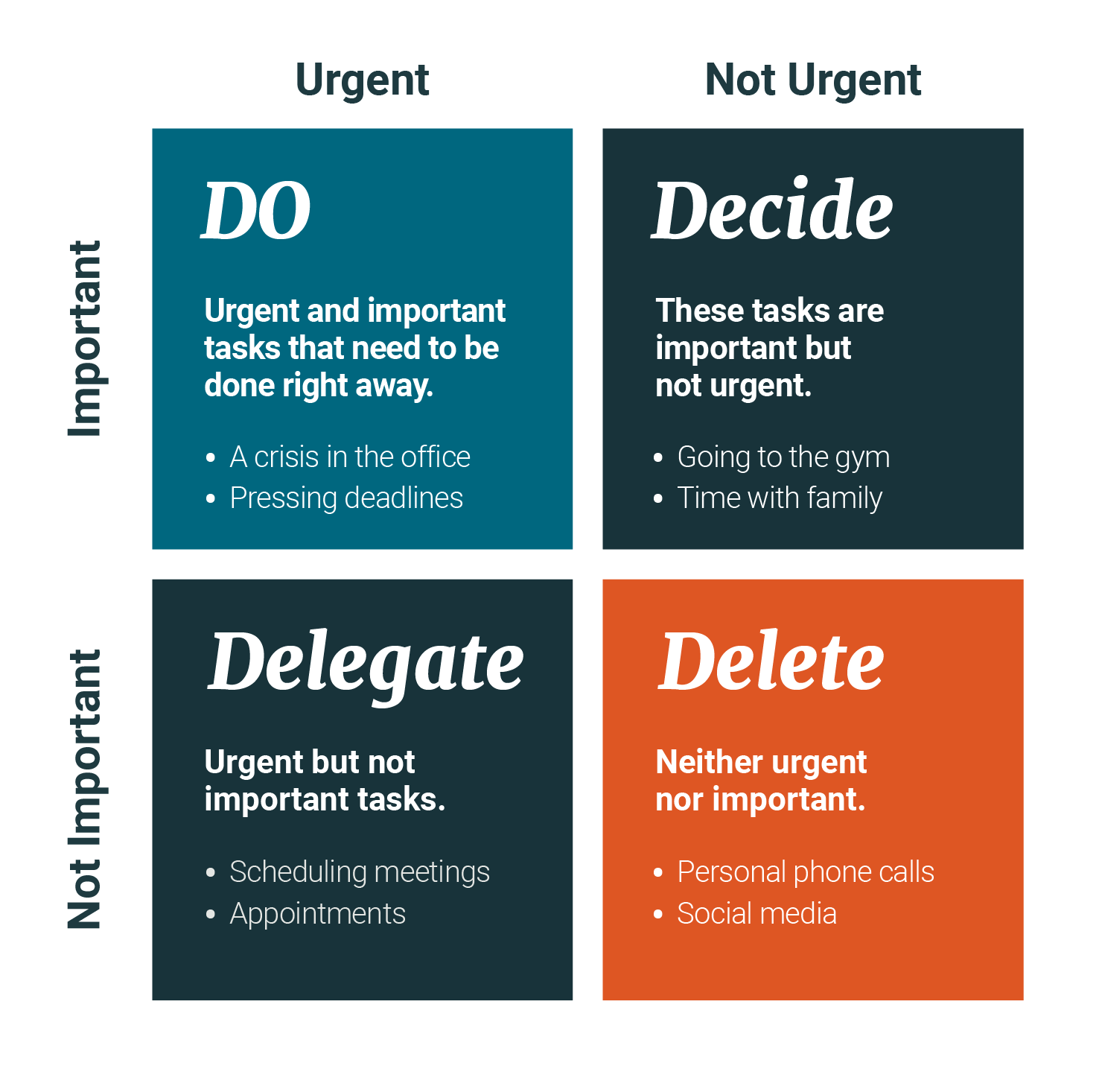Attention Management

There’s no one to tell you how to organize your day and prioritize important things. Try attention management instead of time management and use time-saving tools and shortcuts.
Priorities
Rules, guidelines, principles, people, they all have influence on what you do and how you do it. How do you figure out who to listen to and what to prioritize? Here’s the list of things to consider in the order of their importance:
- moral values, professional ethics, and common sense
- company values, strategy, and goals
- your bosses and personal responsibilities/priorities
- relevant colleagues and clients
- everything/everyone else
Strategies for Self Management
Step 1 - Know yourself
- Assess your current time management pattern by tracking how you spend your time.
- Know your style. Find time and places that you can maximize your potential. Some people work better at nights, while others prefer mornings. How about you?
Step 2 - Learn time management skills
Here are some time management strategies you can try:
Eat That Frog Technique
This technique is named after a Mark Twain quote: “Eat a live frog the first thing in the morning and nothing worse will happen to you the rest of the day.” Start your day by doing the most onerous tasks first and getting them out of the way. How it works:
- Compile a list of things you need to do to achieve your goal.
- Organize this list in order of priority. The most important items are probably the most difficult. These are your “frogs.”
- Take action. If you have more than one frog on your plate, eat the nastiest one first.
- Repeat this cycle every day so that you’re always doing something that will push you toward your goal.
Eisenhower Matrix
How it works: Organize your tasks into four separate quadrants, sorting them by important vs. unimportant and urgent vs. not urgent, as shown in the graphic below. Urgent tasks are those we feel need to get done immediately. Important tasks are those that contribute to your long-term goals or values. Ideally, you should only work on tasks in the top two quadrants—the other tasks, you should delegate or delete.

Pomodoro Technique
This technique uses a timer to break down your work into intervals. Each interval is known as a Pomodoro, named after the tomato-shaped timer. How it works:
- Choose a task you need to get done.
- Set a timer (e.g., for 25 mins).
- Focus on the task at hand.
- When the timer rings, put a checkmark on a piece of paper.
- Take a short break for about three to five minutes. Make yourself a tea or coffee, talk to a friend or do some simple exercises.
- Repeat steps two to five: Once you have completed this process four times, you can begin to take longer breaks (20–30 mins). Go for a walk, grab a cup of coffee, do something non-work-related to give your brain a break.
